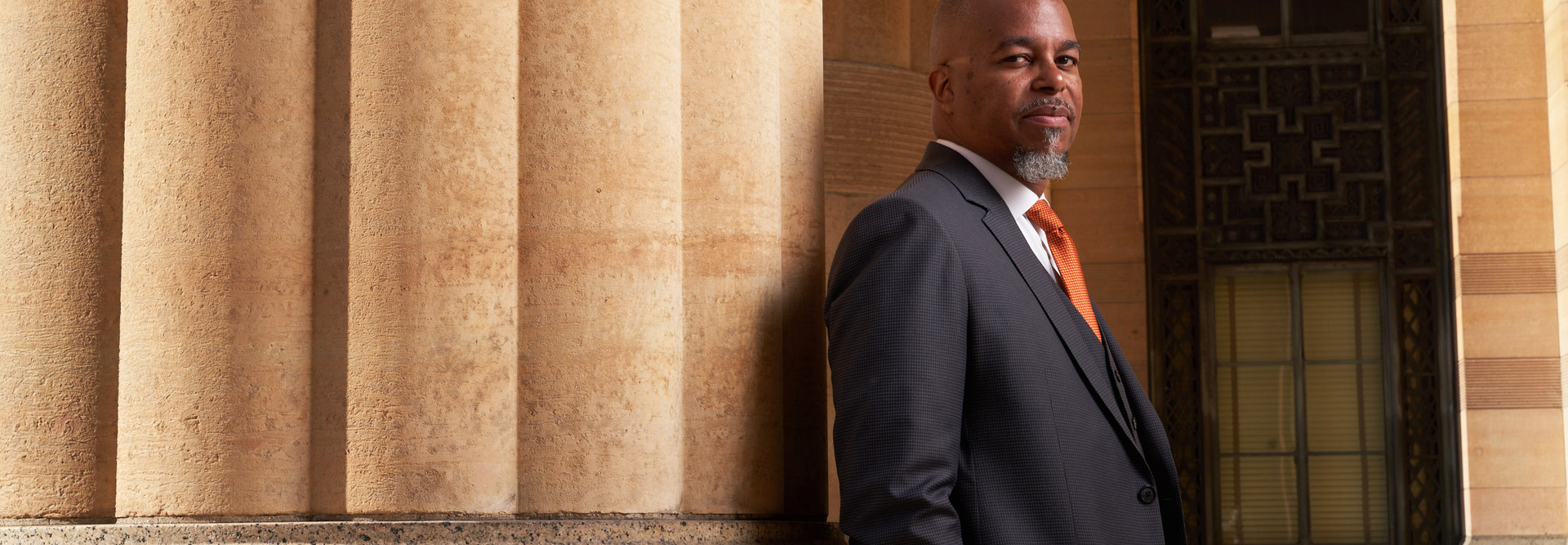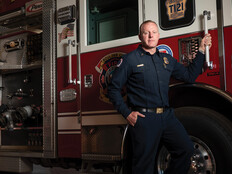In March 2020, cities across the United States shut down government operations due to the threat of the novel coronavirus. In Buffalo, N.Y., Mayor Byron Brown announced that City Hall and other municipal buildings would close to avoid spreading the life-threatening disease.
Still, the city had to provide citizens with vital services. Oswaldo Mestre Jr., director of Buffalo’s Division of Citizen Services, was responsible for keeping the city’s 311 call center up and running.
“We still had to respond,” Mestre tells StateTech. “Police and our first responders still had to respond. But when it came to having a call center, our municipal call center is located within City Hall.” And so, it closed.
How Buffalo, N.Y., established a virtual 311 call center quickly.
To work around the lack of a physical space, Mestre worked with the University at Buffalo to adopt a Cisco Webex contact center solution. Within 48 hours, the municipal call center was ready to work remotely, with operators seamlessly taking calls from their homes. Mestre estimates that standing up the virtual call center would have taken about 30 days if not for the emergency situation.
“We can do this all remotely, and it creates better operations. It took a little bit for us to get used to, and I can’t say enough good things about our staff and support,” Mestre says. “To be quite honest, I think this is the new normal.”
Click the banner below to explore exclusive local gov resources for Software as a Service.


Digital Transformation Aids Working from Home for Call Center
The Buffalo 311 call center continues to operate virtually today, and Mestre believes that its track record of success will pave the way for it to continue operating virtually in the future.
“We were very responsive to residents in the community,” he says. “There was an expectation that the call center would be there all the time. They must always be available to provide information and to process service requests and also to push information back out to residents in the community.”
MORE FROM STATETECH: Explore how U.S. cities have upgraded their call centers for more flexibilty.
Mestre advises other cities to follow Buffalo’s lead in adopting virtual call centers.
“I would definitely endorse the municipalities doing this. A lot of things happen within cities, and it’s more efficient and effective if you can help streamline the pathway for residents to access city services,” Mestre says. “How we catalog all of those responses is also important. It’s incumbent upon cities to do that better. And I think doing it remotely and also making sure that we’re supporting those operations helps the city, and it helps us govern in the way that we’re supposed to.”
Reimaging the 311 call center as a virtual operation was an act of smarter government, Mestre says. Instead of asking users to step through a physical front door, 311 is now a click through a virtual portal.
“It’s always about the residents and keeping them first,” he adds.
Photography by Luke Copping











